7 Wheat-Free Tips That Make It Harder and 5 Beginner Hacks to Go Gluten-Free
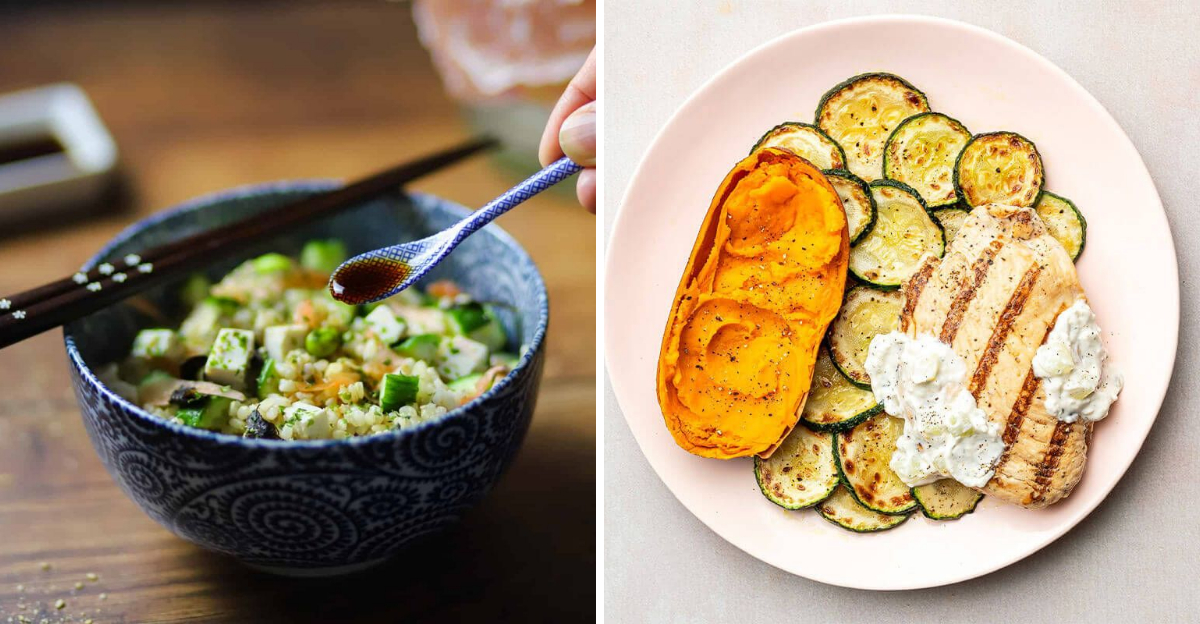
Embarking on a gluten-free journey can be both liberating and daunting. With so many gluten-free options available, it’s easy to fall into traps that make the transition harder than it needs to be. This guide aims to help you navigate the world of gluten-free living with ease. From common mistakes that complicate your journey to beginner hacks that simplify it, these tips and tricks will ensure you stay on track without feeling overwhelmed.
1. Trying to Replace Every Single Food with a Gluten-Free Version
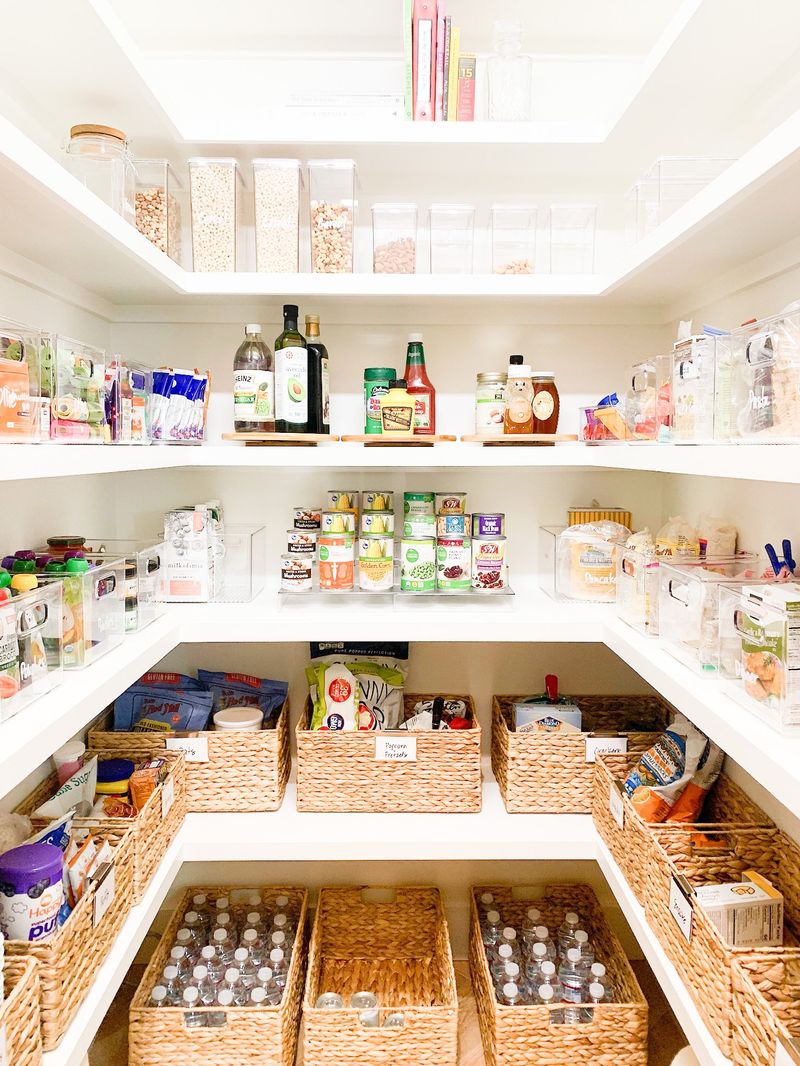
Replacing every gluten-containing food with its gluten-free counterpart might seem like a straightforward approach. However, this can lead to disappointment as many gluten-free products are expensive, overly processed, and don’t taste as expected. Instead of mimicking every wheat-based food, embrace new culinary experiences. Some foods are best left behind, while others require a fresh approach. For instance, rather than gluten-free pasta, explore gluten-free grains like quinoa or millet. Discover new flavors and textures, and find joy in reinventing your diet beyond mere substitution.
2. Relying Too Much on Gluten-Free Bread
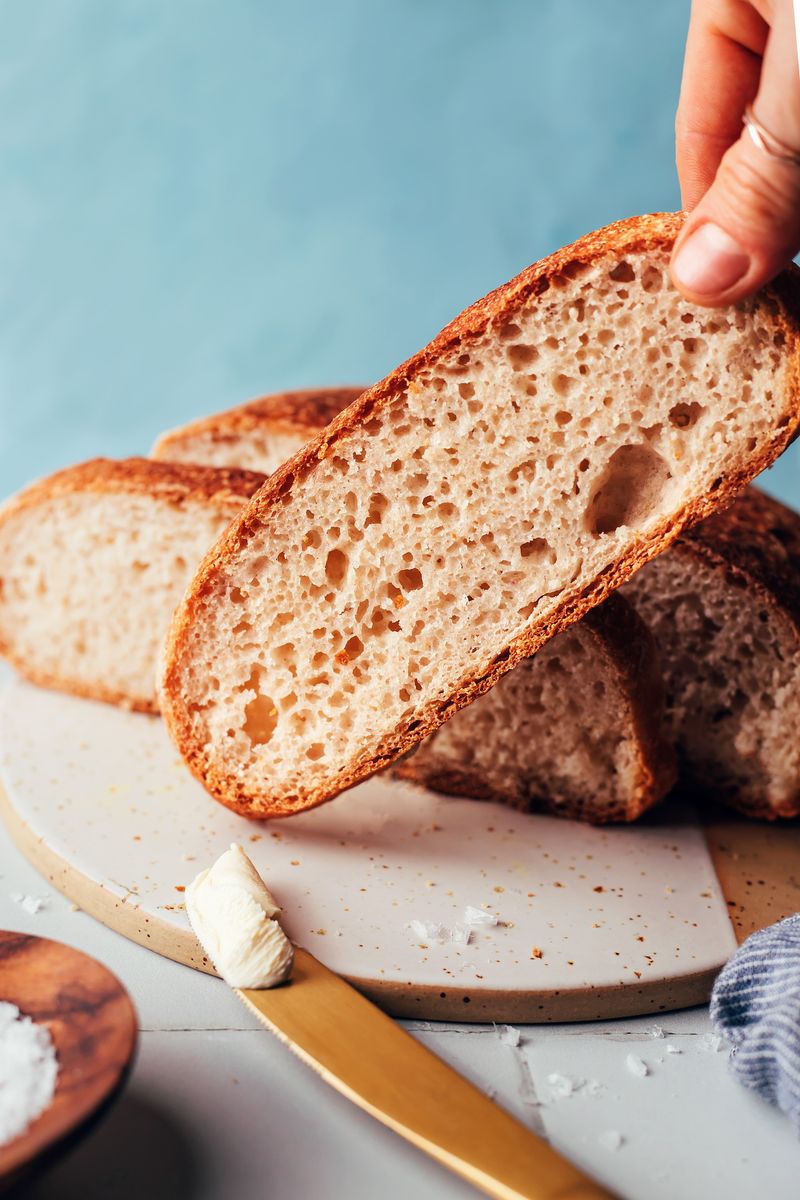
Gluten-free bread often disappoints with its dry, crumbly texture, and reliance on these substitutes can quickly lead to burnout. Many commercial gluten-free breads are packed with additives, yet fail to capture the comforting essence of traditional bread. Consider alternatives such as corn tortillas or lettuce wraps for a more satisfying experience. These options not only provide durability but also introduce a new world of flavors to your meals. By diversifying your grain sources, you can rejuvenate your palate and maintain enthusiasm for your gluten-free lifestyle.
3. Avoiding All Grains Altogether
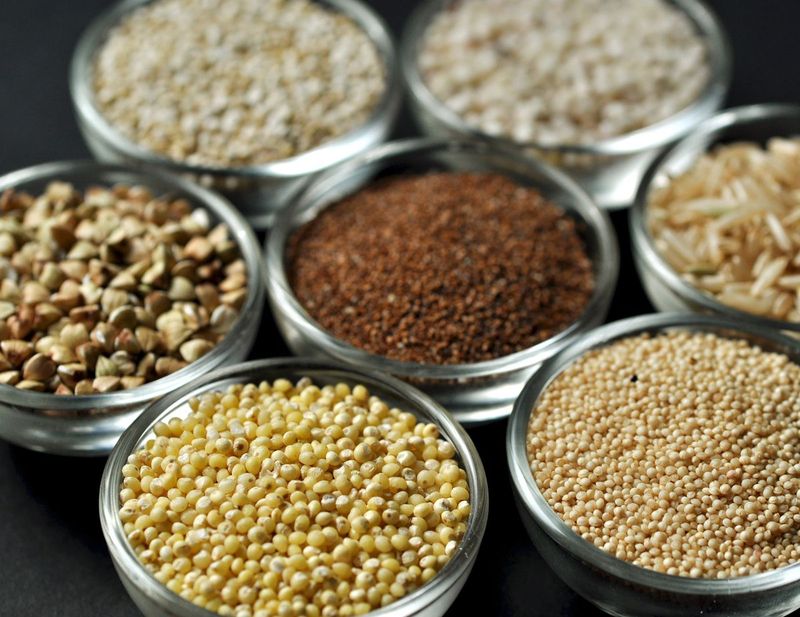
The idea of eschewing all grains when going gluten-free can seem logical but is unnecessarily restrictive. While wheat is off the table, grains like quinoa, brown rice, and millet offer nutritional benefits and variety to your diet. These grains are naturally gluten-free and can be enjoyed in numerous dishes. By embracing these alternatives, you can maintain a balanced diet rich in fiber, vitamins, and minerals. Discover the versatility of these grains in salads, bowls, or as standalone sides. Don’t limit your culinary options—embrace these wholesome grains.
4. Shopping Exclusively in the “Gluten-Free” Aisle
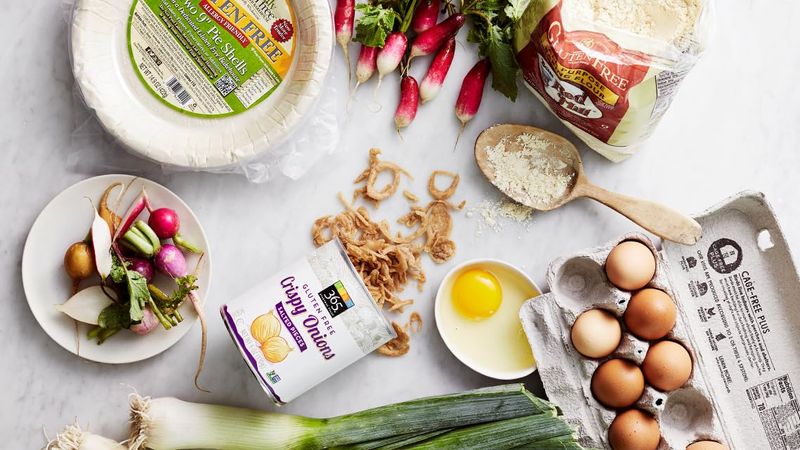
Venturing solely into the gluten-free aisle can make shopping feel overwhelming and unnecessarily expensive. Many naturally gluten-free foods reside outside these specialty sections, including fresh produce, meats, and dairy. By focusing on whole, unprocessed ingredients, you can create balanced, nutritious meals without relying on labeled products. This approach not only simplifies your shopping experience but also enhances your culinary creativity. Experiment with naturally gluten-free staples and discover the ease of preparing meals without the gluten-free label dependency.
5. Thinking “Gluten-Free” Means Healthy

The assumption that gluten-free equates to healthy can lead to misguided dietary choices. Gluten-free cookies and crackers, though void of gluten, are often processed and high in sugars or fats. It’s crucial to differentiate between gluten-free and nutritious. Prioritize whole, naturally gluten-free foods such as fruits, vegetables, and lean proteins. Focus on ingredients that offer genuine health benefits rather than solely relying on gluten-free labels. Cultivate a mindful approach to eating that values nourishment over novelty, ensuring your gluten-free lifestyle supports overall well-being.
6. Making Separate Meals for Everyone
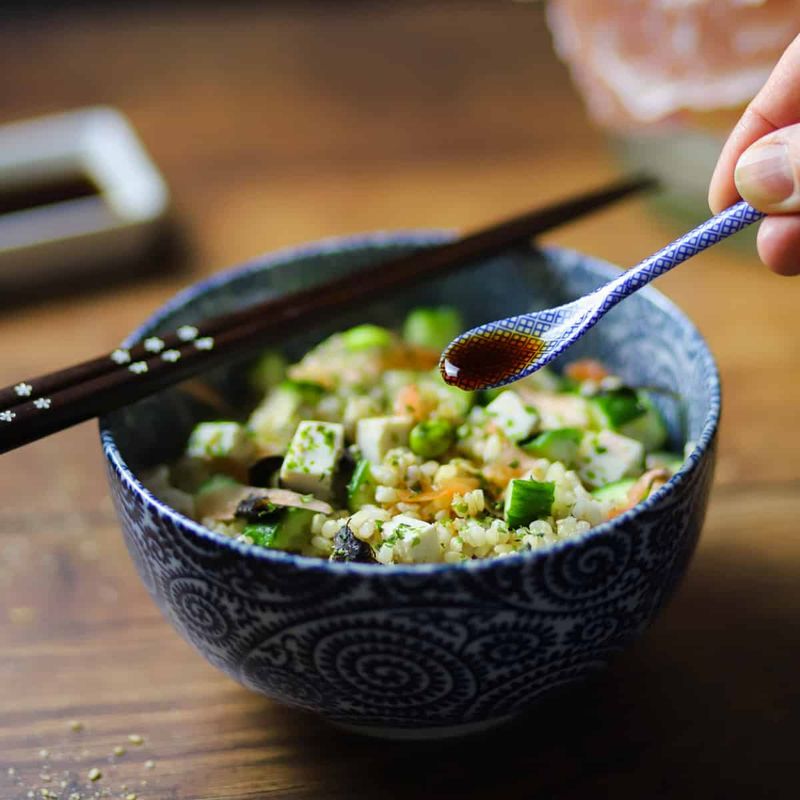
Preparing separate meals to accommodate gluten-free needs can double your kitchen workload and create unnecessary division at the table. Instead, find simple ways to adapt family meals to be gluten-free. Use gluten-free grains, sauces, and cooking methods that everyone can enjoy. This approach fosters inclusivity and simplifies meal preparation. Often, small modifications are all it takes to make a dish gluten-free without compromising on taste or satisfaction. Embrace the opportunity to unify your dining experience and share delicious, gluten-free meals with loved ones.
7. Expecting Restaurants to Get It Perfect Every Time
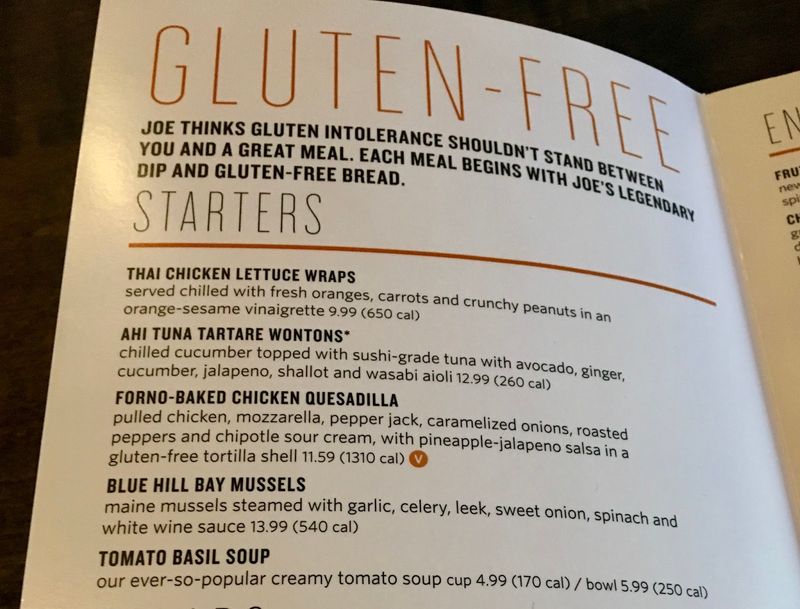
Dining out while adhering to a gluten-free diet requires vigilance. Though many restaurants offer gluten-free options, cross-contamination risks persist. Always communicate your needs clearly and ask detailed questions about meal preparation. Understand that even well-meaning establishments may not guarantee absolute avoidance of gluten. Approach dining with caution, especially in the early stages of your transition. By advocating for your dietary needs, you can enjoy dining out while minimizing risks. Cultivate relationships with trusted restaurants that respect and accommodate your gluten-free lifestyle.
8. Focus on Naturally Gluten-Free Foods

Embracing naturally gluten-free foods simplifies your dietary transition. Foods like fruits, vegetables, grilled meats, and rice are inherently gluten-free, reducing the need for specialty products. By focusing on these wholesome options, you dodge the pitfalls of processed gluten-free foods laden with additives. This approach streamlines meal preparation and enhances your connection to real, nourishing foods. Delve into the world of naturally gluten-free ingredients and discover the ease of crafting delicious, satisfying meals without compromising your health or taste preferences.
9. Use Corn or Rice-Based Tortillas
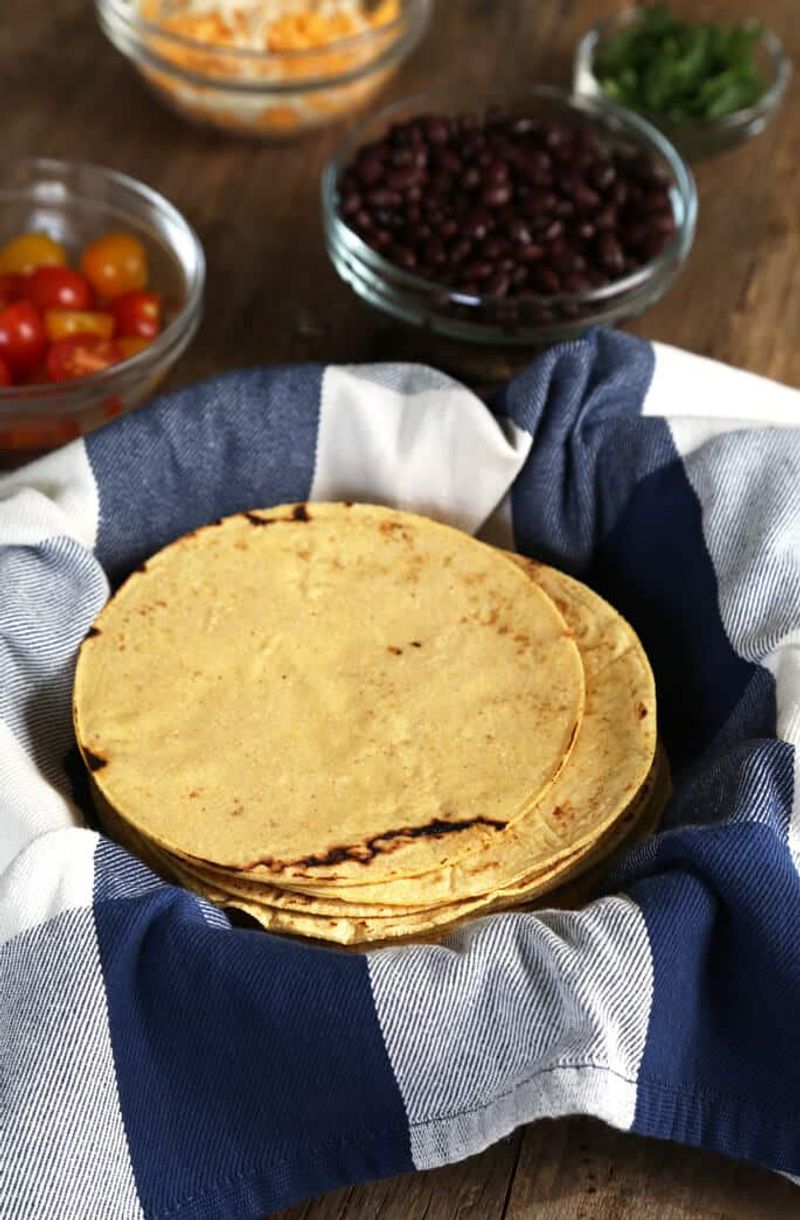
Corn and rice tortillas present versatile alternatives to gluten-free bread. With their sturdy texture and neutral flavor, they provide a robust base for a variety of fillings. Unlike gluten-free bread, which often crumbles, these tortillas hold up well, making them a reliable choice for sandwiches and wraps. Their widespread availability adds convenience to your shopping experience. Experiment with different fillings and enjoy the creative possibilities these tortillas offer. By incorporating them into your meals, you enhance your gluten-free culinary repertoire without sacrificing taste or satisfaction.
10. Try Polenta, Potatoes, or Sweet Potatoes as Carby Bases
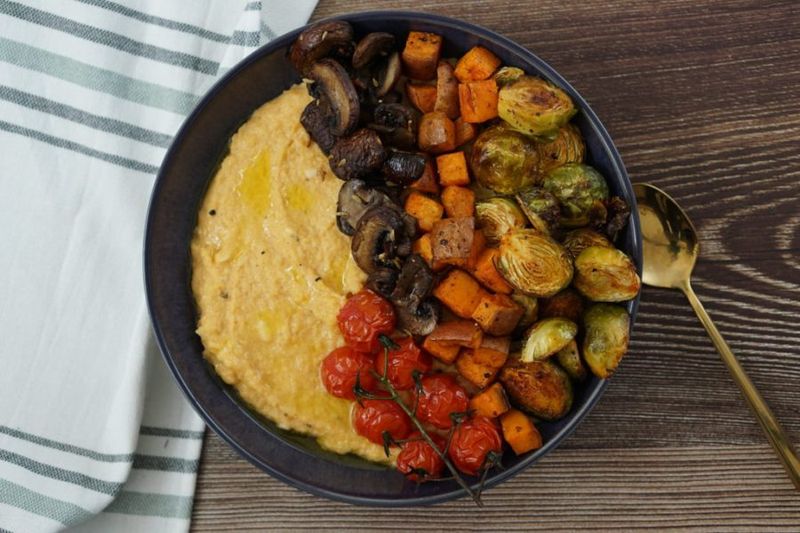
Polenta, potatoes, and sweet potatoes offer comforting bases for gluten-free meals. These starchy delights are not just filling but also versatile in preparation. Whether mashed, roasted, or baked, they offer a satisfying alternative to traditional gluten-filled starches. Embrace their adaptability by incorporating them into various recipes, from side dishes to main course components. Their naturally gluten-free nature means no compromises on flavor or texture, making them ideal staples in your gluten-free kitchen. Relish the warmth and comfort these ingredients bring to your table.
11. Build Meals Around Bowls
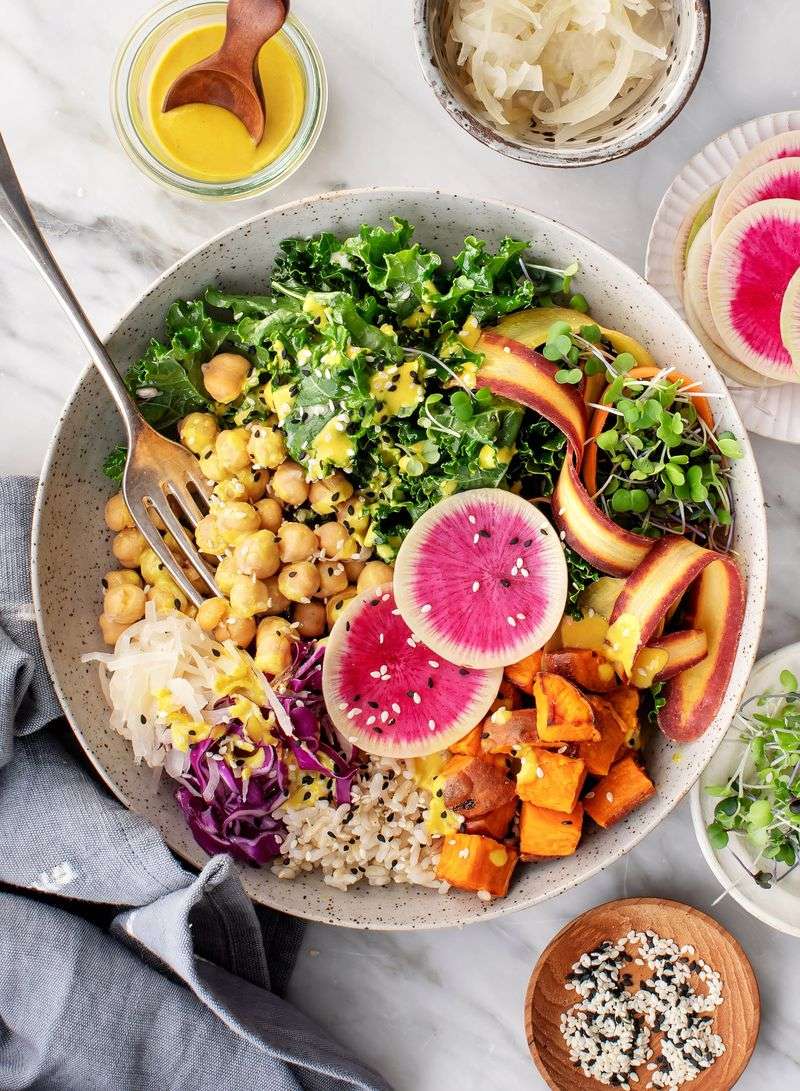
Building meals around bowls transforms your dining experience into a creative adventure. Buddha bowls, salad bowls, and grain bowls welcome a variety of gluten-free ingredients. Combine proteins, vegetables, grains, and dressings for endless possibilities. This meal format encourages experimentation and adapts easily to dietary restrictions. It’s a simple, yet effective way to enjoy balanced, nutritious meals without focusing on what’s off-limits. By centering your meals around bowls, you celebrate the diversity of gluten-free ingredients and cultivate a fun, flavorful eating experience.
12. Learn One Great Gluten-Free Baking Recipe

Mastering one exceptional gluten-free baking recipe can transform your kitchen endeavors. Starting small with a muffin or cookie recipe allows you to refine your baking skills without feeling overwhelmed. This approach provides a sense of accomplishment and ensures you have a reliable treat on hand. Experiment with various gluten-free flours and ingredients until you find the perfect balance of flavor and texture. A great recipe not only satisfies your cravings but also demonstrates the potential of gluten-free baking. Enjoy the process of discovery and delight in your homemade creations.
